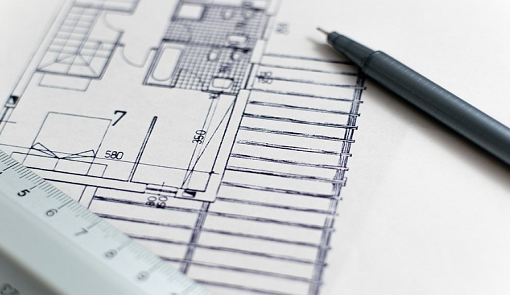Robotics accidents are nothing new. They occur from time to time. However, with the improvement in robotics technology, it is expected that the number of reported robotics accidents should go down, which is not necessarily the case. Smashing things is the most common malfunction seen in robots. It is important to take action to ensure that robots are always in their best working condition.
Causes of Robots Malfunctions
Human Error
This is usually as a result of poor programming or when a human connected live output-input sensors into the microprocessors. Wrong tech pendant activations or wrong activation in the control panel is also a common human error when it comes to robotics.
The Control Panels
Robot accidents can also occur as a result of errors in the robot’s software. Frequency interference and electromagnetic interference can cause robots malfunctions. It is also possible for malfunctions to be as a result of errors in the electrical, hydraulic and pneumatic sub controls. All these are linked to the robot’s system.
Mechanical Failure
If all operating programs are installed and managed in the right way and cannot seem to account for the frequent robot accidents or malfunctions, the cause of the malfunction may be as a result of mechanical failure. This usually causes unexpected faulty functions and faulty operation functioning which occurs in different robots.
Environmental Resources
Interference with the electromagnetic frequency can have undesirable effects on the functionality of robots. This leads to the possibility of property damage or injury. It is therefore important to keep an eye on environmental hazards before functioning a robot.
Wrong Installations
This is accounted for by the design of the industrial robotic arm, the layout and also robots system requirements. If the installation is done incorrectly, it will case robot malfunctions.
Disruption of Power Systems
Power system disruptions can be as a result or either electrical, hydraulic or pneumatic sauce malfunctions. This leads to a disruption of the electrical signals which runs the risk of fire occurrence.
To prevent the possibility of an accident due to robotics malfunctions, it is important to check all the above aspects and ensure they are in good working condition. It is also ideal for robots to undergo maintenance strictly on scheduled dates. Preventative maintenance can go a long way in creating a good working relationship between robots, humans and the work environment.
The Benefits of Industrial Robots Preventative Maintenance
Longer Operation Life
Preventative maintenance is simply the technique of ensuring that industrial robots are maintained and serviced regularly. This process ensures that the robots are in their best working condition which in turn reduces the chances of accidents that can damage property or harm humans. By scheduling for preventative maintenance, companies are able to keep the robots working for longer without the need for replacement. Preventative maintenance is best done when the robot is turned off. This allows the engineers to inspect the machine and ensure everything is working ad it should.
Meeting Government Regulations
There are new health laws and safety regulations implemented each year. Preventative maintenance ensures that your company’s functions are in line with these regulations, especially with regard to working with robots. Security guards are the safest ways to ensure a company complies with government safety regulations. These guards are riot shields that diverge from robot pieces causing them to fall harmlessly on the ground. Security guards have become commonplaces industries where robots are put into work.
Reductions of Breakdown Coats
Robots that are not serviced frequently or are only repaired when there is a malfunction do not last for too long before a replacement is needed. Inspections can be done annually or semi-annually to ensure that any issues with the system are caught early and repaired. This reduces greatly the cost of breakdown or parts replacement. Also, preventative maintenance cuts down on downtime that may occur when a robot breaks down. This can greatly affect the bottom line of any company.




